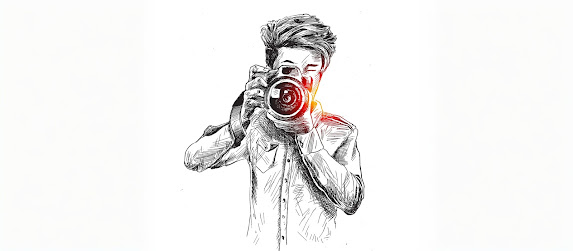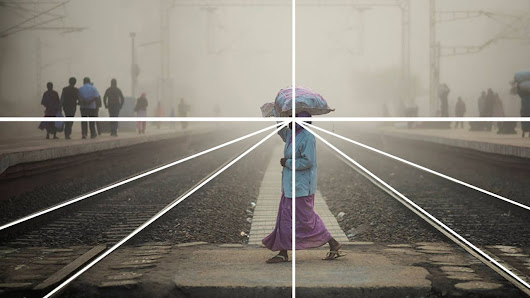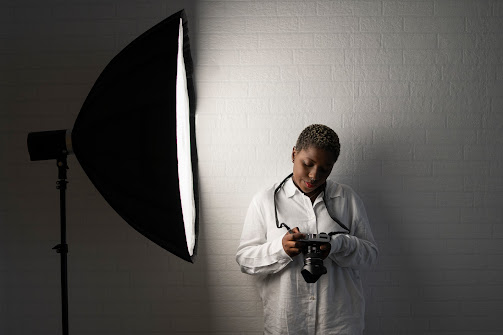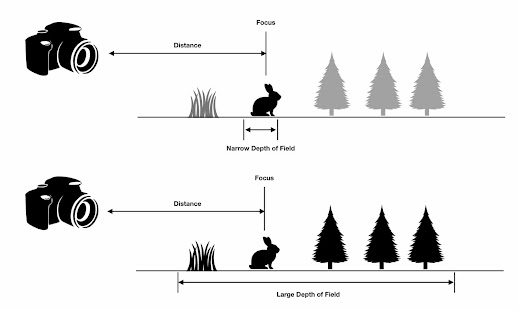
Photography is an art form that transcends boundaries, allowing individuals to freeze moments in time and evoke emotions through visual storytelling. While creativity knows no bounds, mastering the fundamental rules of photography can greatly enhance one's ability to create compelling images. In this essay, we'll explore the essential rules of photography that serve as guiding principles for photographers of all skill levels.
Some of the main rules of Photography are:
Rule of Thirds

Composition

Lighting

Depth of Field

Perspective and Angle
